Standing under the shower with a shower head that gives out water at a wonderful water pressure, after a long day at work is blissful.
Since many of our showers are covered by a curtain or partition, a leaking shower head may go unnoticed.
Sediment accumulation, along with dirt, lime, and minerals can cause water to squirt in different directions, hamper the water pressure and cause unwanted leaks.
If you hear the light sound of dripping water, you may find that your shower head has a leak in it. Often, a shower head with a leak can put a dent in your wallet if you have to call a plumber.
But, fear not, this article will tell you exactly how to fix a leaking shower head all by yourself.
Reasons for Which You’re Shower Head May Be Leaking
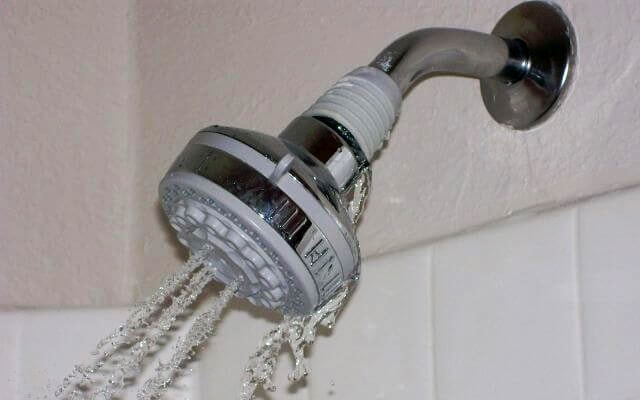
Although there are a number of reasons that may cause your shower head to leak, there are mainly two reasons:
Recommended Reading: Signs of a Bad Shower Valve, Signs of a Bad Shower Cartridge
Clogged Holes
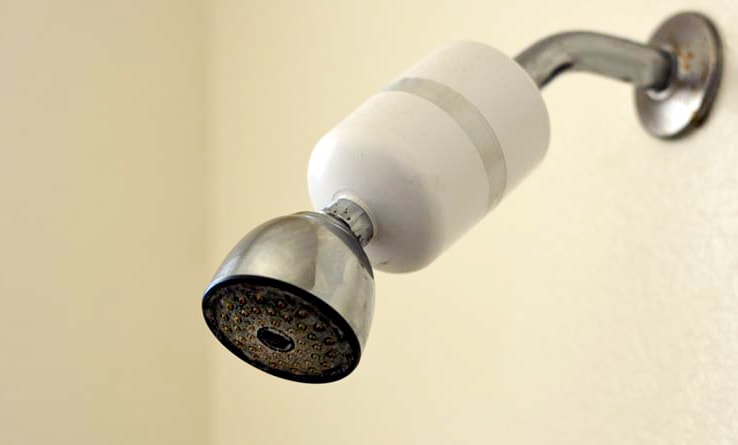
One of the reasons that may be responsible for your problem is a buildup of lime or other mineral deposits.
Sometimes when you haven’t cleaned your shower head for a while the minerals may accumulate in the holes in your shower head which is why the shower head drips intermittently.
Worn Rubber/Washer
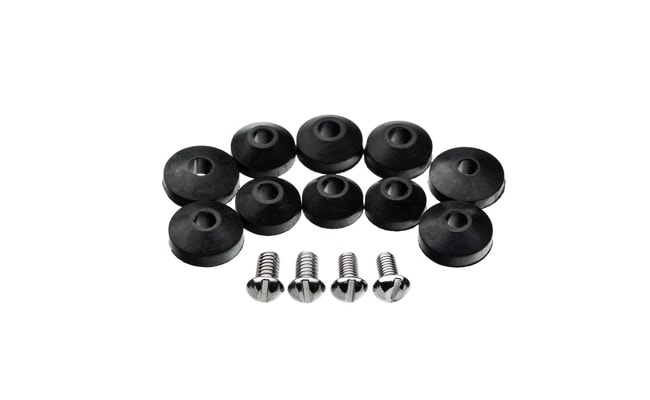
Another reason that may explain the reason behind your shower head leaking is the washer or ring being worn out.
When this happens water leaks through the crack and your shower head drips intermittently.
[Side note: to know more about how often you should replace your shower head, click here.]
How to Fix a Leaking Shower head
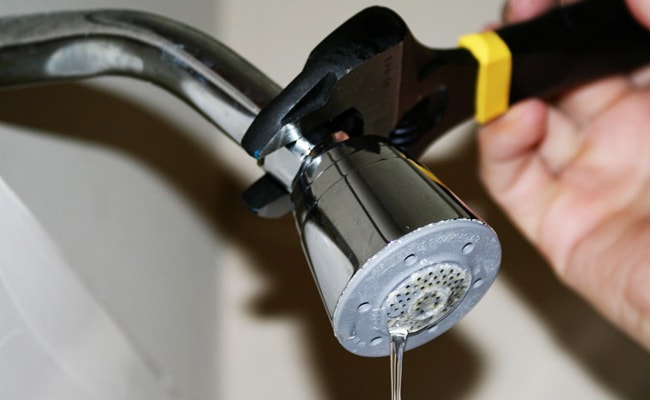
Cleaning your shower once a month can be a small step to take prevent the formation of leakage in your shower head.
Knowing that the problem does occur, let me walk you through the ways you can tackle this issue.
Clogged Holes
Here we’ll show you the step-by-step guide to fix clogged holes.
Step 1:
Before you do anything else, make sure to switch off the connection of water supply to your shower head.
You surely do not want to risk getting drenched by a sudden onslaught of water. The valve, which is a switch of your water supply can be found near the bathroom or under your basement.
Step 2:
After you’ve safely switched the water supply off, detach the shower head from the shower, then unfasten the faceplate attached to the shower head.
This has to be done because the holes have to be cleaned manually. You have to douse and rinse them to get rid of the lime and mineral buildup.
Step 3:
To separate the faceplate from the shower head, try to look for screws around the shower head. When you open the screws, either the faceplate will come right off, or you may have to rotate it clockwise for it to open.
Step 4:
Get a bowl large enough that can hold the shower head.
Make a mixture of white vinegar and salt. The amount of the mixture should be enough to cover the object. Submerge the showerhead in this mixture.
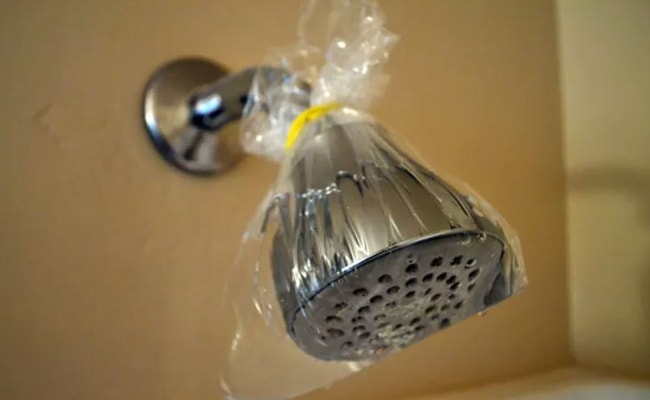
Step 5:
The shower head has to be kept in this solution for up to 8 hours. The vinegar and salt will work to dissolve the accumulation of dirt, lime, and other minerals in this time.
Step 6:
Now we come to the tedious part; following the passing of 8 hours, you need to use a brush, toothpick or safety pin to pluck out the dissolved grime.
Try to get each hole separately for best results.
Step 7:
Coming to the last step of this long but cheap process, reattach the faceplate and then the shower head to the shower.
Make sure that the water supply is turned back on, to see whether your problem is taken care of.
Worn Rubber/ Washer
Here we’ll show you the step-by-step guide to fix worn rubber/washer.
Step 1:
Similar to the other issue, you must first switch off your water supply to your shower.
Step 2:
Since there are two washers; one in the shower head and the other in the shower faucet, figure out which one needs to be replaced or repaired.
Step 3:
Generally, when you have a faucet that has a single handle, it is the washer placed in the shower head that requires attention.
On the other hand, if you own a faucet that has two handles check the washer in the faucet because that might need replacement.
Step 4:
If it is a problem with the washer in the shower head, you have to take it apart. To do so, you will find a part called collar nut connected to the arm of your shower.
Extract it with a wrench. You will find a swivel ball under which resides the washer.
Step 5:
After you have identified the washer, you have to replace it. You must make sure that the new washer is of the same thickness, shape, and size.
If it’s not, all your hard work would be for nothing because your shower head will start leaking again.
Step 6:
If you have to replace the washer in the faucet to stop the shower head from leaking, unscrew the faucet and take it down. The screw of the faucet may either be on the forefront or placed behind a cover.
A faucet puller will come in handy to take the handle off the faucet. Shower valves should be used to loosen the hex nut.
Step 7:
Prepare to put it back in place beginning from the stem of the faucet. Before you screw the stem back on to the faucet, apply a small bit of plumber grease.
You may now change the washer. Put everything back together and reattach it to see if your effort has been worth your while.
This article has given you a step-by-step rundown of the problems and its solutions. So, try to identify the issue with your showerhead and then follow these easy steps to fix the issue before you call a plumber.
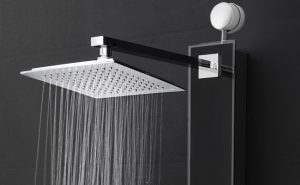
The 9 Best High Pressure Shower Heads of 2023
After a long day of tiring work schedule, we desperately need a hot shower. But what happens when you turn the shower knob and find
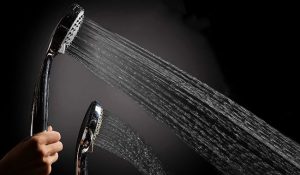
HO2ME High Pressure Handheld Shower Head Review
The HO2ME shower head is a product of the G-Promise brand. This shower head has a beautiful design that catches the eye of any potential
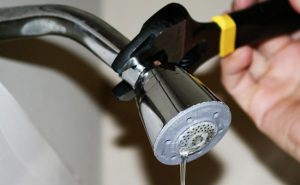
How To Fix A Leaking Shower Head | Simple Guide With Steps
Standing under the shower with a shower head that gives out water at a wonderful water pressure, after a long day at work is blissful.
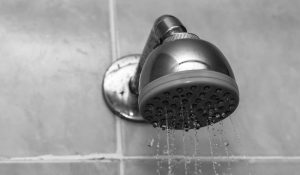
Why Does Shower Head Squeal?
You wake up in the morning with a peaceful mind and go to take shower for starting your day. You turn on the shower and it

Top 10 Best Shower Head Brands in 2023 | Latest & New
Shower can turn your mood from a slow drip full of fatigue and pity into a cocoon of satisfaction, luxury and even comfort. It’s quite
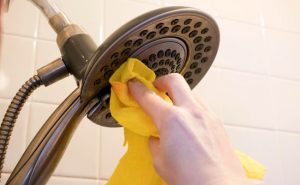
How To Clean Shower Head? | Step-by-Step Guide
Shower Heads are a blessing sent from above. I say this because when you’re overworked and exhausted or when it’s too hot, showering under a
